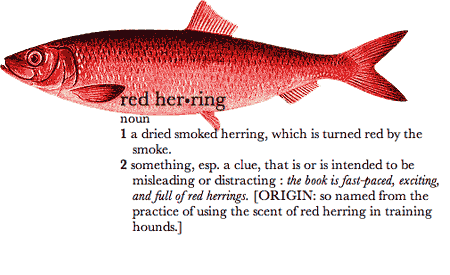I recently attended a meeting matching a brand with a celebrity for some influencer marketing. The celebrity was very gracious, even said he didn’t need any money upfront and wanted to see how he and the brand worked together first. Everyone thought it was a match made in heaven.
After ironing out details and setting everything up, the brand was forced to pull the plug on what could have been their easiest influencer win in company history, because the celebrity did not have enough “social engagement” on their posts. I felt really bad for the brand, but rules are rules and they had to follow the dictates of a higher up that fell for one of the “newest” tricks in the book. Any of us who have been around long enough know that social engagement at best is a tactic not a strategy. It is definitely not a measurement tool for public relations success. In fact, it could be a TRAP.
It would seem that the social engagement metric the brand was looking at was misleading, because this celebrity was at the Oscars this year and would have definitely provided value. However, it is not uncommon to come across some struggling brands that are even hesitant to part with sending an influencer a good faith sample of a product because of there aren’t enough likes on his pictures. Successful brands understand that not being shy about sending samples to almost any and all influencers is a key First Step of the process. Even more successful brands understand that influencer selection is about selecting a fit for public image, not racking up likes.

Over my 10 years of experience working on influencer marketing and celebrity endorsements I’ve seen campaigns where there were only a few “likes” on a post but the click rate on the links, and the purchases made from the links, were stellar. I have even worked on a campaign where even though there was almost no social media engagement – everywhere you went (In person, off-line) people were talking about it! And let’s face it, the real world of consumer engagement STILL happens off-line whether we want to admit it or not. Those campaigns were HUGE successes for the brands – social media engagement #s had no correlation.
Conversely, I’ve seen campaigns where there were an enormous amount of “likes” and comments – but not One single link-click nor any impact on brand awareness let alone revenue. Seriously! All they got out of the deal were some “likes.” I know it is hard for the social media engagement lovers to admit, but it happens. And it happens more often than you think.
Social Media Engagement might be a RED HERRING (A red herring is something that misleads or distracts from a relevant or important issue. It may be either a logical fallacy or a literary device that leads readers or audiences towards a false conclusion. – Wikipedia)

I’d have to go as far as to say that it is possible, in this day and age, that when brands makes business decisions based on Social Media Engagement – they are not only wasting their time, but while they are distracted by the herring – real opportunities are slipping past them undetected. In fact, at this moment in time, IGNORING social media engagement might give a brand competitive advantage over those that don’t. While everyone else is busy digging for the new fool’s gold of “engagement,” a successful brands might know better to dig elsewhere.


